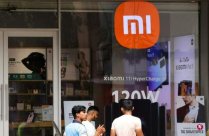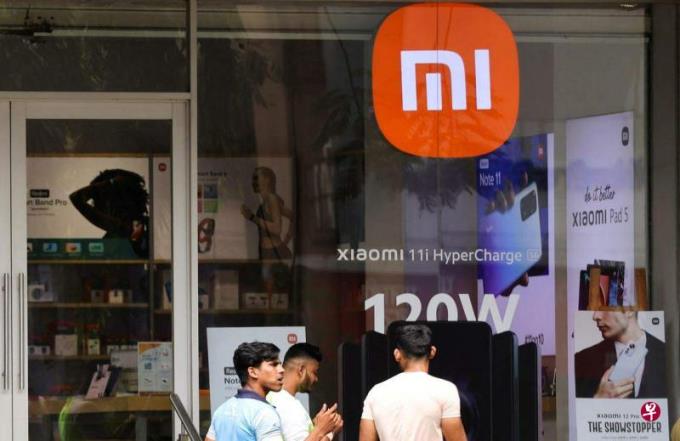
The bad Sino-Indian relationTime is constantly friction.
In the media field, China and India "clearly zero" the other party reporters in the way of issuing visas.In terms of IT industry, India has accused Xiaomi illegally transferred funds to overseas entities and asked Chinese mobile phone companies to appoint Indian personnel as executives.The border issues of the two countries have not yet settled.
Under the international political and economic environment, the prospects of China -India relations are not optimistic.
Xiaomi faces allegations in India
Xiaomi, a Chinese smartphone manufacturer who has been ambitious to open up the Indian market, has been accused of violations recently.
According to Reuters, the Indian Law Enforcement Bureau officially stated to Xiaomi on June 9 that Xiaomi illegally transferred funds to foreign entities and violated the Indian Foreign Exchange Management Law.
The Indian Law Enforcement Bureau accused of in April last year that Xiaomi and its Indian subsidiaries have misleaded the German Bank illegal remittance to foreign entities in the name of "franchise fees" since 2015.The Indian government seized 55.513 billion rupees (about 904 million yuan) funds at the Xiaomi Indian subsidiary bank account.
Xiaomi India explained to this that the part of this cost of more than 84%is the franchise fee paid to the Qualcomm Group. "Without these technologies, our smartphones will not be able to operate in India."However, India refused to thaw the funds.
This money is not a decimal. Xiaomi's performance released in March this year shows that the net profit after adjustment last year was about 8.518 billion yuan (RMB, about 1.6 billion yuan).Equivalent to 56 % of the annual net profit.
In addition, the Indian government has recently requested that Chinese mobile phone companies must appoint key positions such as CEOs, chief operating officers, chief financial officers, and chief technology officers.
According to the Indian Economic Times reported on June 14, Chinese company representatives attending the meeting include Xiaomi, OPPO, Realme, and vivo.
Sources said that senior Indian government officials asked Chinese mobile phone companies to entrust the foundry production to Indian companies.In addition, Chinese companies are also required to ensure compliance with the law and avoid tax evasion in India.
According to the Titanium Media APP, India has always been an important part of Xiaomi's globalization strategy.In 2017, Xiaomi stated that it plans to invest $ 1 billion in 100 startups in India in the next five years.At that time, Xiaomi became the largest smartphone brand in the Indian market.
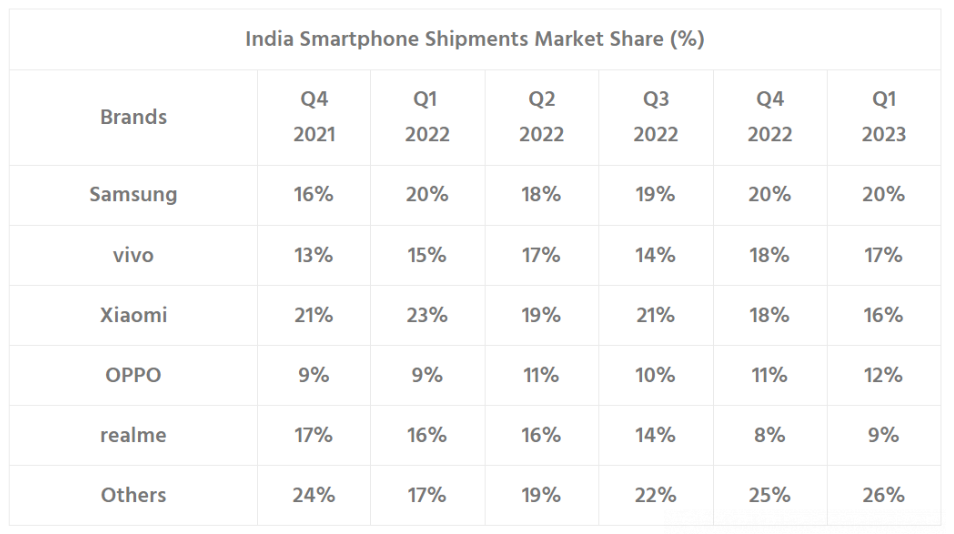
data from the Hong Kong industry analysis agency Countpoint shows that in the first quarter of this year, Xiaomi's share in India has fallen to 16%, OPPO accounts for 12%, Realme accounts for 9%, vivo accounts for 17%EssenceSouth Korea's Samsung's market share is 20%, which is overtaken by Chinese brands.
The other party of China and India "clearing zero" sent a reporter
As the crown disease epidemic ended, the term "clear zero" was rare.However, a reporter in China and India's opponent's country has actually been "clear" recently.
The Wall Street Journal quoted on May 30, saying that New Delhi refused to renew the signed by the two Indian reporters for Xinhua News Agency and China Central Television.This is the last two Chinese official media reporters in India. With their visa expired, the two have left the country.This is the first time since the 1980s that there have been no Chinese journalists in India.
According to Bloomberg reported on June 13, people familiar with the matter said that the Chinese government has instructed a reporter from the Press Trust of India to leave China within this month.At this point, India no longer has a reporter in China.
At the beginning of this year, there were four reporters in China in India.However, an Indian reporter in China left China earlier this month. Two Indian journalists who left China, a reporter in China, left China earlier this month.
Foreign departments of the two countries have accused each other of the root cause of the creation of contradictions.
The Chinese Ministry of Foreign Affairs spokesman Wang Wenbin said on June 12 that India has refused to approve Chinese journalists in India to apply for an application since 2020, and insisted that only the Chinese stationed media in India for three months or even a month of validity for three months or even one monthVisa has caused the number of Chinese reporters to decrease from the original 14 people.
The Indian Ministry of Foreign Affairs said that there is no difficulty in the activities of Chinese journalists in India, but Indian reporters in China are facing various difficulties.Bloomberg quoted people familiar with the matter and said that the Chinese government restricts Indian reporters to only hire three assistants each time, and they must be from the talent pool provided by Chinese officials.India did not set the upper limit on employment assistant reports.
Except for mutual expelling reporters, the Chinese ambassador to India, Sun Weidong, left New Delhi in October 2022, China has not yet appointed a new ambassador.
India served as Ambassador to Beijing in December 2021, Pradeep Kumar Rawat, but Chinese President Xi Jinping did not officially meet him until April 25 of this year.
The border issues have not been settled
The deterioration of China -India relations in recent years began in the border conflict began in May 2020. On June 15 of that year, the two countries' troops wereThe fierce limb conflict broke out in the Galwan Valley, causing casualties on both sides.
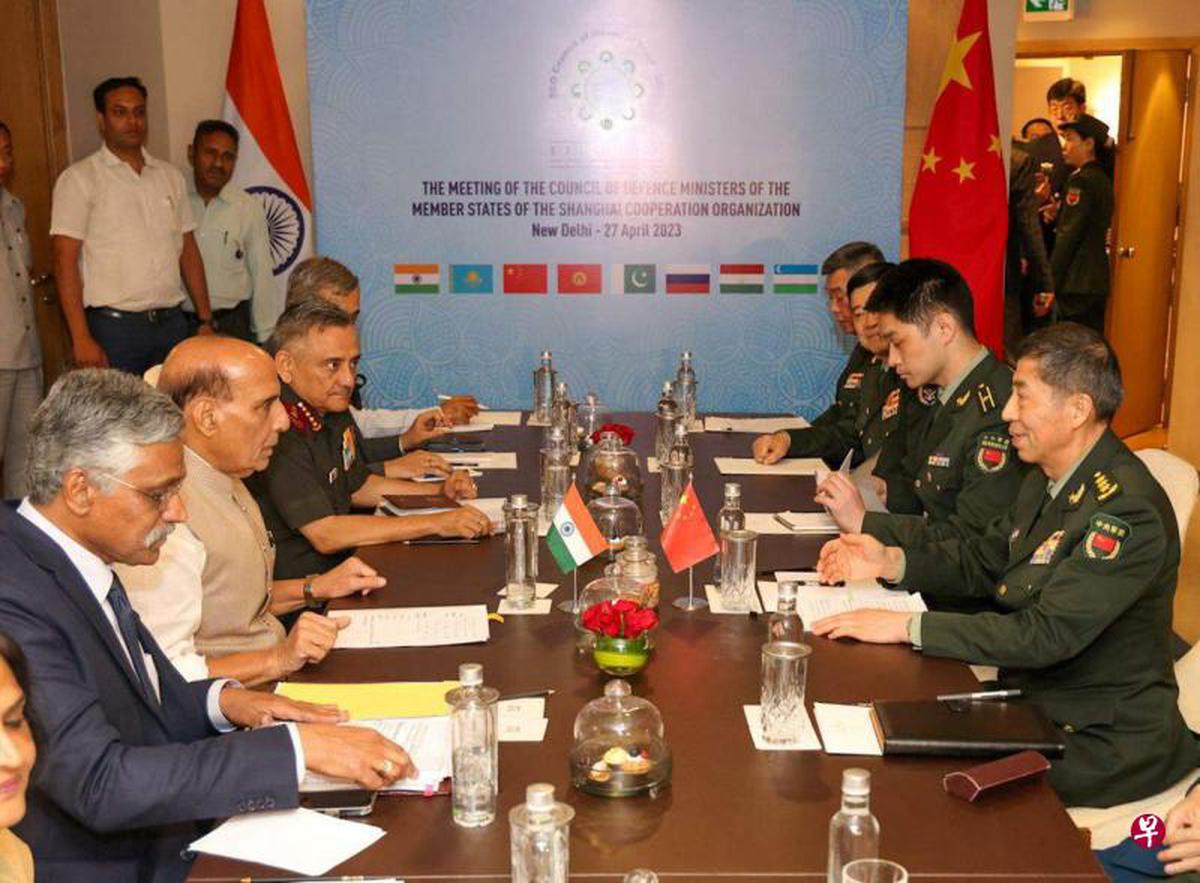
The two sides have held many high -level meetings in the past three years, and have held 18 military talks and several bilateral negotiation coordination meetings.touch.
However, the border between China and India has not yet settled.According to the Indian Times, Indian Foreign Minister Subrahmanyam Jaishankar said in New Delhi on June 8 that the army's "Forward Deployment" is the main problem of the current China -India border.
Su Jiesheng said that the two countries must find a way to break away from contact. "The fact is that the relationship between the two countries is affected, and this relationship will continue to be affected."

Su Jiesheng also said that the relationship between India and all major countries and organizations is becoming better.Except to China alone.
He criticized China: "Only China can give it. Because in 2020, China consciously chooses to violate the agreement, add troops in the border areas, and try to put pressure on us ... We have already been inTell them clearly that before the border area, there was no peace and tranquility, our relationship could not progress. "
Sino -Indian relations are affected by the international political and economic environment
Except for long -term territorial disputesThe changes in international politics and economic environment have also affected China -India relations.
India is an important part in the "Indo -Pacific Strategy" led in the United States in recent years.India is also a member of the "Quad" (Quad) mechanism involving the Asia -Pacific strategic security.The United States, Australia, Japan, and India founded this mechanism in 2007, and then silent for nearly 10 years.With China's increase in strength in the Indo -Pacific region, the United States felt a threat, and the "Sifang Security Dialogue" resuscitated in 2017.
The White House announced on May 10 this year that President Biden will meet with Indian Prime Minister Modi, a state visit to the United States on June 22.
In the statement, the White House said: "This visit will strengthen the joint commitment of the United States and India in the Indo -Pacific region of freedom, openness, prosperity and security, and the improvement of both parties in terms of national defense, clean energy and space.The common determination of strategic and technical partnerships. "
Reuters quoted news that the United States had requested that when Modi visited Washington, they could see India's procurement of 30 MQ-9B maritime guards for armed drones.progress.Sources predict that Biden and Modi will also discuss matters of joint production of ammunition and infantry vehicles such as armored vehicles.
Economically, in recent years, the Sino -US trade war and scientific and technological wars have intensified, and geopolitical risks have risen, which has prompted many multinational companies to consider supply chain security issues, and India has been favored.
Apple supplier Foxconn invested 500 million US dollars (approximately S $ 670 million) in India in May this year.Indian Information Technology Minister Chandraseca said at the time that companies such as Apple and Samsung intended to expand the production of electronic products in India, which was conducive to India's position as a global manufacturing center.
Japan's Sony Group is also creating India for the next growth point.At the briefing held in Tokyo in May this year, the head of Sony India N.P. Xin went to introduce Sony's business development in India and called India a "opportunity".
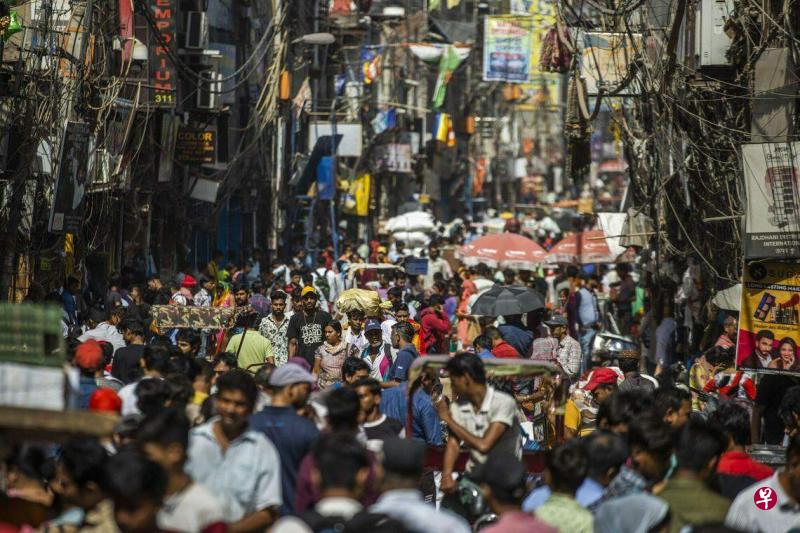
According to the United Nations estimation, the Indian population has exceeded 1.428 million at the end of April this year, which is 1.425 million higher than China, replacing China as the world's largest population.Considering the population trends and geographical risks, many scholars and commentators regard India as competitors that are expected to surpass and replace Chinese.
The long -term existence of border disputes, the competitive relationship in the international political and economic pattern, the geopolitical game intensified, and the Sino -Indian relations have a significant improvement in a short period of time, which is very difficult.In the future, all kinds of frictions may happen.These two worlds in the world are not good, and they cannot get rid of geopolitical fate, which will have a serious impact on both parties and regions.

